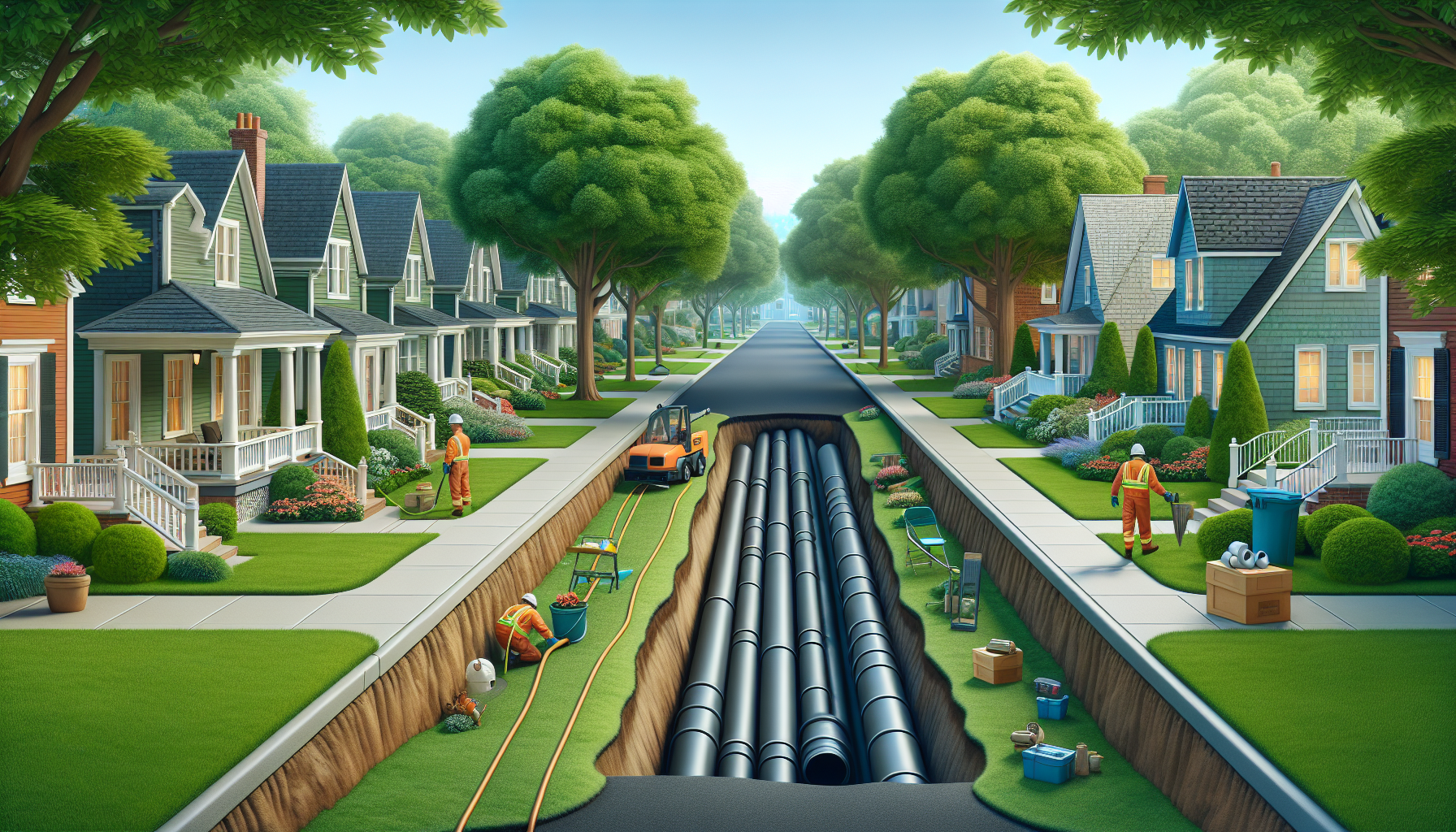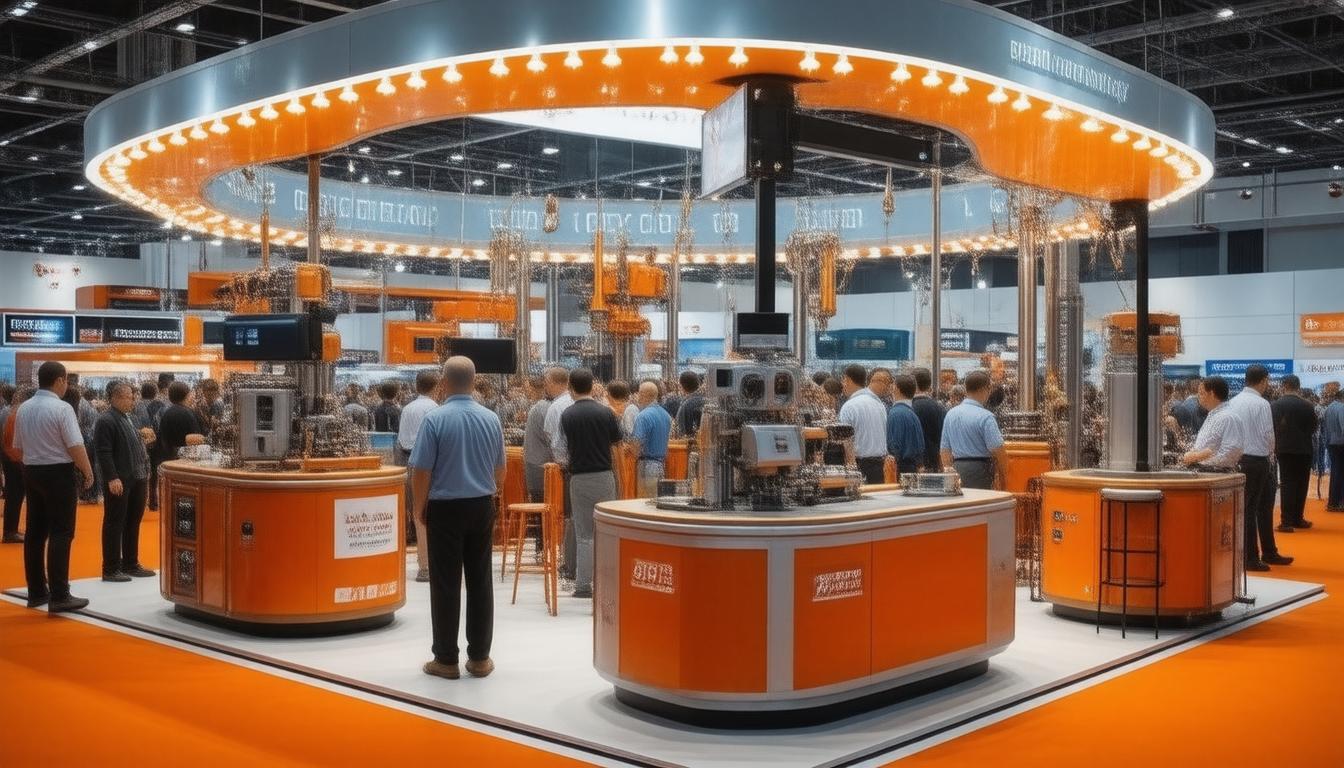
Trenchless sewer installation represents a significant leap forward in the way municipalities and homeowners address their sewage system needs. This innovative technique offers an attractive alternative to traditional excavation methods that have long been standard for installing and repairing sewer lines. By minimizing disruption to the surface above, trenchless technology marries functionality with environmental consideration, creating a scenario where the beauty of a landscape remains virtually untouched while vital infrastructure work is completed below.
The Mechanics of Trenchless InstallationAt the heart of trenchless sewer installation is an ingenious approach that eliminates the need for extensive trench digging. Two primary methods are common in the trenchless approach: pipe bursting and cured-in-place pipe (CIPP) lining. Pipe bursting involves breaking the old pipe while simultaneously pulling a new one into place. Conversely, CIPP lining repairs the existing pipeline by reinforcing it with a resin-soaked liner that cures in place, creating a new pipe within the old one. Both methods require only minimal entry and exit points, significantly reducing surface disruption.
The Environmental Impact of Invisible InstallationsEco-friendliness is at the forefront of trenchless technology’s appeal. Traditional methods of sewer installation often involve large-scale excavation, which can damage landscapes, uproot trees, and disturb natural habitats. Trenchless methods minimize this impact, as machinery navigates underground with precision, leaving the area above largely unaffected. This also reduces the amount of soil contamination and limits the carbon footprint associated with transporting excavated material.
Cost Efficiency and Time SavingsNot only is trenchless installation kind to the environment, it’s also friendly to the wallet. The reduced need for excavation means less labor and machinery are needed, which can translate into significant cost savings for the project. Furthermore, trenchless methods can be completed much faster than traditional methods, minimizing the time for disruptions and inconveniences to public and private properties. This efficiency adds up to quicker return to normalcy for affected communities and faster project completion times.
Resilient Infrastructure with Minimal MaintenanceAnother advantage of going trenchless is the durability and longevity of the materials used. Trenchless repairs often yield results that are just as strong – if not stronger – than the original installations. These new or repaired pipes are resistant to corrosion, tree root invasion, and have a substantially longer lifespan. What’s more, the low-impact nature of trenchless methods means that maintenance and future repairs can be carried out with similar ease and minimal disruption.
The Wider Community BenefitsBeyond the environmental and financial advantages, the community benefits of invisible sewer installations are substantial. By preserving streets, sidewalks, and yards, trenchless technology eliminates the noise, debris, and inconveniences typically associated with sewer work. Traffic flow remains smoother, businesses experience less interruption, and residents retain their quality of life during sewer maintenance or upgrades.
Conclusion: The Clear Choice for Modern InfrastructureTrenchless sewer installation is not just an innovation; it’s a reimagining of urban and rural infrastructure work. This approach reduces the environmental footprint, cuts costs, and preserves the beauty of our landscapes. Its benefits extend from individuals to the community at large, guaranteeing a more efficient path toward maintaining and upgrading essential sewer systems. As more industries and homeowners embrace the power of the unseen, going trenchless has proven to be not just a viable alternative but the clear choice for modern infrastructure needs.






